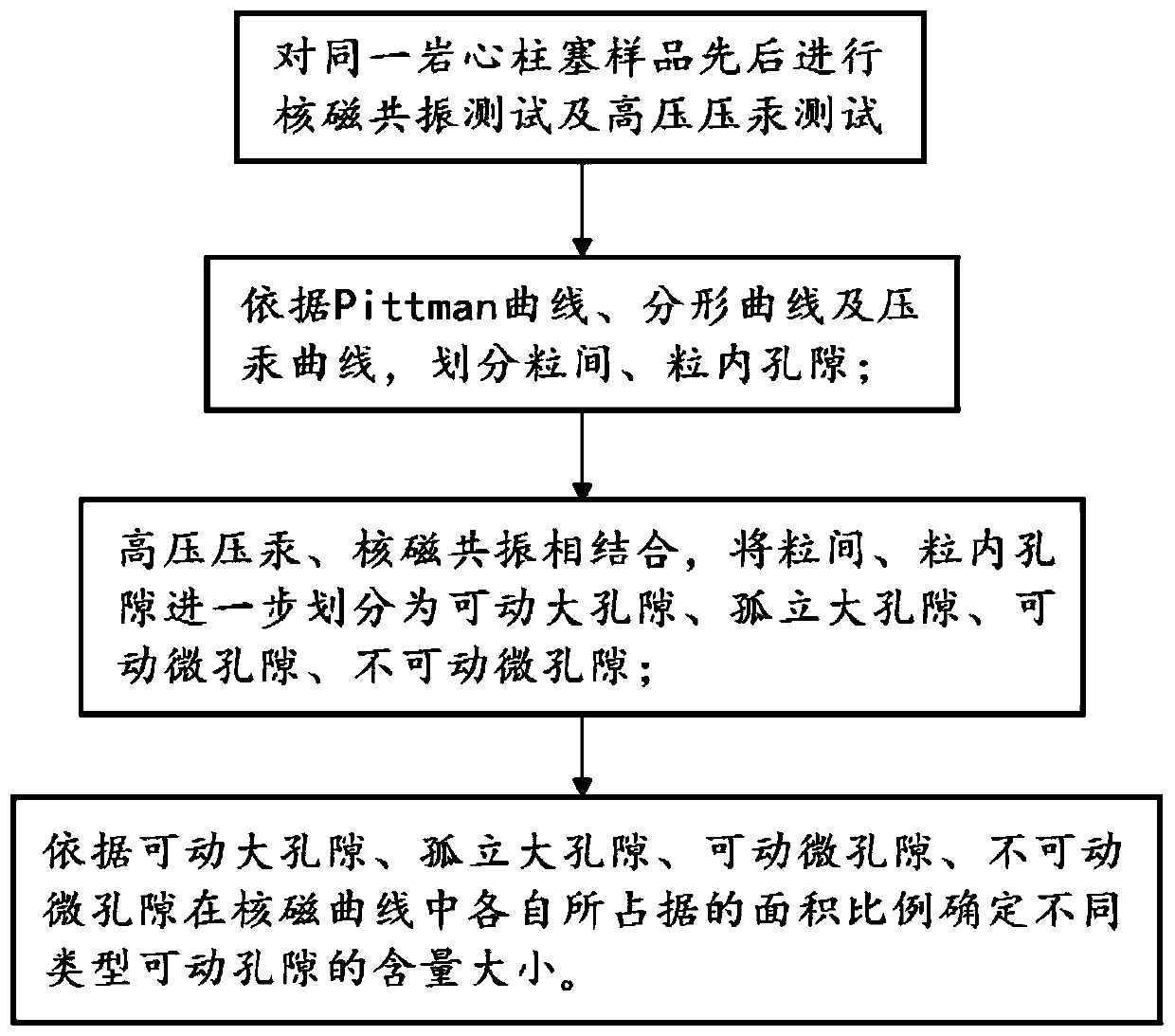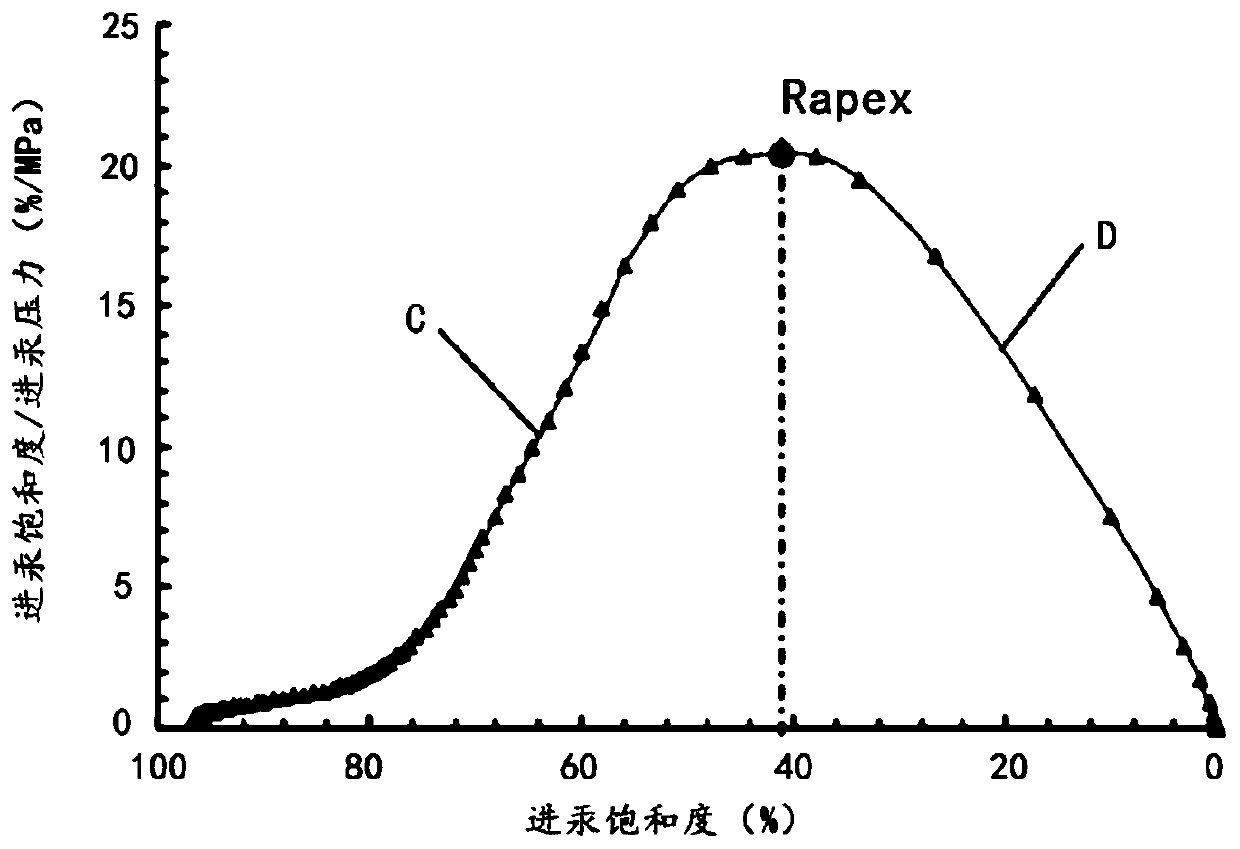Pore movability classification and evaluation method for tight sand reservoir
A technology for tight sandstone reservoirs and evaluation methods, applied in the field of pore mobility classification and evaluation of tight sandstone reservoirs, can solve the problem that the evaluation of pore mobility is too macroscopic, the mobility of different types of pores has not been studied, and the reduction of tightness Issues such as the success rate of oil and gas exploration and development, to achieve accurate evaluation results, accurate understanding, and improve the success rate of development
- Summary
- Abstract
- Description
- Claims
- Application Information
AI Technical Summary
Problems solved by technology
Method used
Image
Examples
Embodiment Construction
[0032] In the following, the present invention will be specifically described through exemplary embodiments. It should be understood, however, that elements, structures and characteristics of one embodiment may be beneficially incorporated in other embodiments without further recitation.
[0033] In the prior art, the evaluation degree of the pore mobility of tight sandstone reservoirs depends on the movable fluid saturation, movable fluid porosity and other parameters obtained by nuclear magnetic resonance technology. The characterization of the mobility of different types of pores in sandstone reservoirs affects the understanding of the development of movable pores in tight sandstone reservoirs, and reduces the success rate of tight oil and gas exploration and development.
[0034] In order to evaluate the mobility of different types of pores in the above-mentioned types of tight sandstone reservoirs, the present invention provides a classification and evaluation method for ...
PUM
| Property | Measurement | Unit |
|---|---|---|
| diameter | aaaaa | aaaaa |
Abstract
Description
Claims
Application Information
 Login to View More
Login to View More - R&D
- Intellectual Property
- Life Sciences
- Materials
- Tech Scout
- Unparalleled Data Quality
- Higher Quality Content
- 60% Fewer Hallucinations
Browse by: Latest US Patents, China's latest patents, Technical Efficacy Thesaurus, Application Domain, Technology Topic, Popular Technical Reports.
© 2025 PatSnap. All rights reserved.Legal|Privacy policy|Modern Slavery Act Transparency Statement|Sitemap|About US| Contact US: help@patsnap.com



